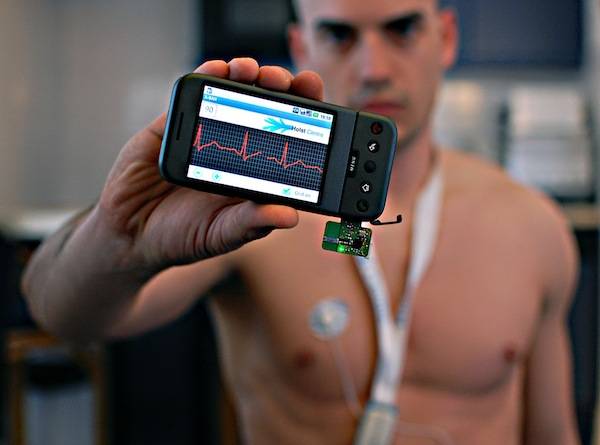Wireless technology or Wi-Fi is nothing new. It has in fact been around for 25 years, and has become progressively omnipresent with advances in technology. Some would say progress has been slow, with Wi-Fi still not openly available on commercial aircraft for example.

What could be thought of as a tech boom in the 2000’s has helped Wi-Fi find its place in laptops, mobile devices, all in one printers, scanners, TVs and more recently kitchen appliances, such as in refrigerators and ovens.
But manufacturers of healthcare products have looked to implement wireless technology in medical devices, with the aim of reducing the amount of one-to-one care required by patients and therefore helping to reduce the cost of medical treatment. This is particularly in the case of patients undergoing major surgery, where there is a significant amount of aftercare, usually resulting in a substantial fee.
A further advantage of the technology is patient mobility as it does away with the mass of wiring usually attached to the patient. It is widely believed that increased patient mobility helps speed up the recovery process, again saving the patient money and increasing the medical centre’s efficiency.
GE Healthcare were the first to take the step in this revolutionary approach, by developing wireless medical monitoring systems, or body sensor networks (BSN) to monitor a patient’s vital signs. They key to this is that the vital signs can be monitored by a nurse or doctor from anywhere in the hospital, or even from a remote location removing the need for them to be at the patient’s bedside.
This will of course free up a huge amount of time for medical staff, enabling them to see more patients over the course of a shift. Less of the doctor’s time also means reduced fees for the patient.
Signs such as body temperature, blood glucose & blood pressure levels, pulse-oximetry and electrocardiogram readings are all on the wireless monitoring list, with readings being collected in real time.
A major drawback to this however, is that the wireless transmission of this data will be over the radio frequency band used by every other person in the public domain and their Wi-Fi enabled devices. This not only leaves the data open to hackers but also to the possibility of disruption in the transmission, which could endanger the lives of patients.
After numerous talks with manufacturers of these monitoring devices, The Federal Communications Commission (FCC) in the US has agreed to allocate spectrum bandwidth for use of body sensors, specifically Medical Body Area Network (MBAN) sensor devices. These plaster sized devices are more short range, but nevertheless provide the first step towards wireless patient monitoring. The frequency of the radio waves will be lower than a Bluetooth and are said to have harmless radiation levels.
Although still some time away from approval, these devices will revolutionise the medical industry and is another victory for wireless technology.
















Hi Daniel,
Developments in technology in healthcare have been a revolution in recent years, and the benefits that development entails vs. the disadvantages are enormous. Doctors can help in a few years help and operating better in U-countries than today.